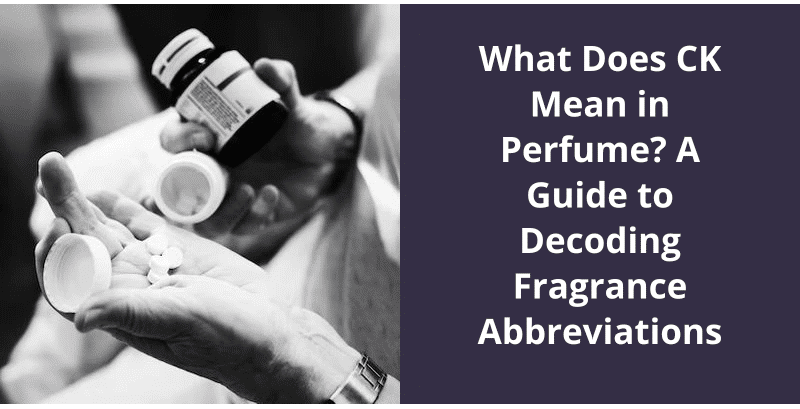The side effects of parfum ingredients can vary greatly as they consist of numerous compounds, each with its own potential for causing reactions. While many people can wear fragrances without any issues, some individuals may experience allergy-like symptoms such as skin irritation, rashes, or hives. Respiratory issues like sneezing, itchy eyes, and sinus complications can also arise, especially in individuals with underlying conditions like asthma. In some severe cases, fragrances may lead to hormonal imbalances due to the presence of chemical compounds such as phthalates. Lastly, there is a potential risk of neurotoxicity, as certain artificial fragrances have been associated with harmful effects on the nervous system. Despite these possible effects, it’s important to remember that not all parfum ingredients cause these reactions and individual sensitivity levels may differ.

Is Parfum a Natural Ingredient?
Parfum is a combination of ingredients that are chemically formulated to give a distinctive scent to cosmetic and personal care products. While the origin of the ingredients can be natural, the process of creating parfum requires the use of synthetic compounds. This means that parfum isn’t technically a natural ingredient, as it isn’t found in nature in it’s manufactured form.
However, some cosmetics and personal care products may contain natural fragrances that are derived from plant extracts, like essential oils, as part of their parfum composition. The use of these natural ingredients can add diversity to the scent profile of the final product and make it more appealing to consumers who’re looking for natural options.
Despite the growing trend towards natural and organic beauty, the majority of products still contain synthetic ingredients, including parfum, due to their affordability, availability, and reliability. The use of parfum in cosmetic and personal care products is regulated by international organizations like the International Fragrance Association (IFRA), which sets guidelines for the safe use of fragrance ingredients and monitors their potential health risks.
While some people may be sensitive to the chemicals used in parfum, there are no studies to suggest that it’s harmful when used as directed by the manufacturer. However, there’s still a need for more research on the long-term effects of exposure to parfum and other synthetic fragrances, particularly for high-frequency users like beauty professionals.
As the demand for natural and organic products grows, it’s likely that more manufacturers will seek to incorporate plant-based fragrances into their parfum formulations.
The Process of Creating Synthetic Fragrances
Synthetic fragrances are created through a process of chemical synthesis in laboratories. This involves identifying and combining specific molecules that can mimic natural scents and create a desired aroma. The process can be highly complex and involves careful testing to ensure safety and efficacy.
Conclusion
In conclusion, the negative impact of fragrance chemicals on human health can’t be ignored. While many of us enjoy the pleasant scents of perfumes, colognes, and other fragranced products, it’s important to be aware of the potential health risks associated with their use. The side effects of parfum ingredients may range from minor irritations and discomforts to more serious respiratory and neurological symptoms. By taking these precautions, we can protect ourselves and promote a healthier, safer environment for all.





